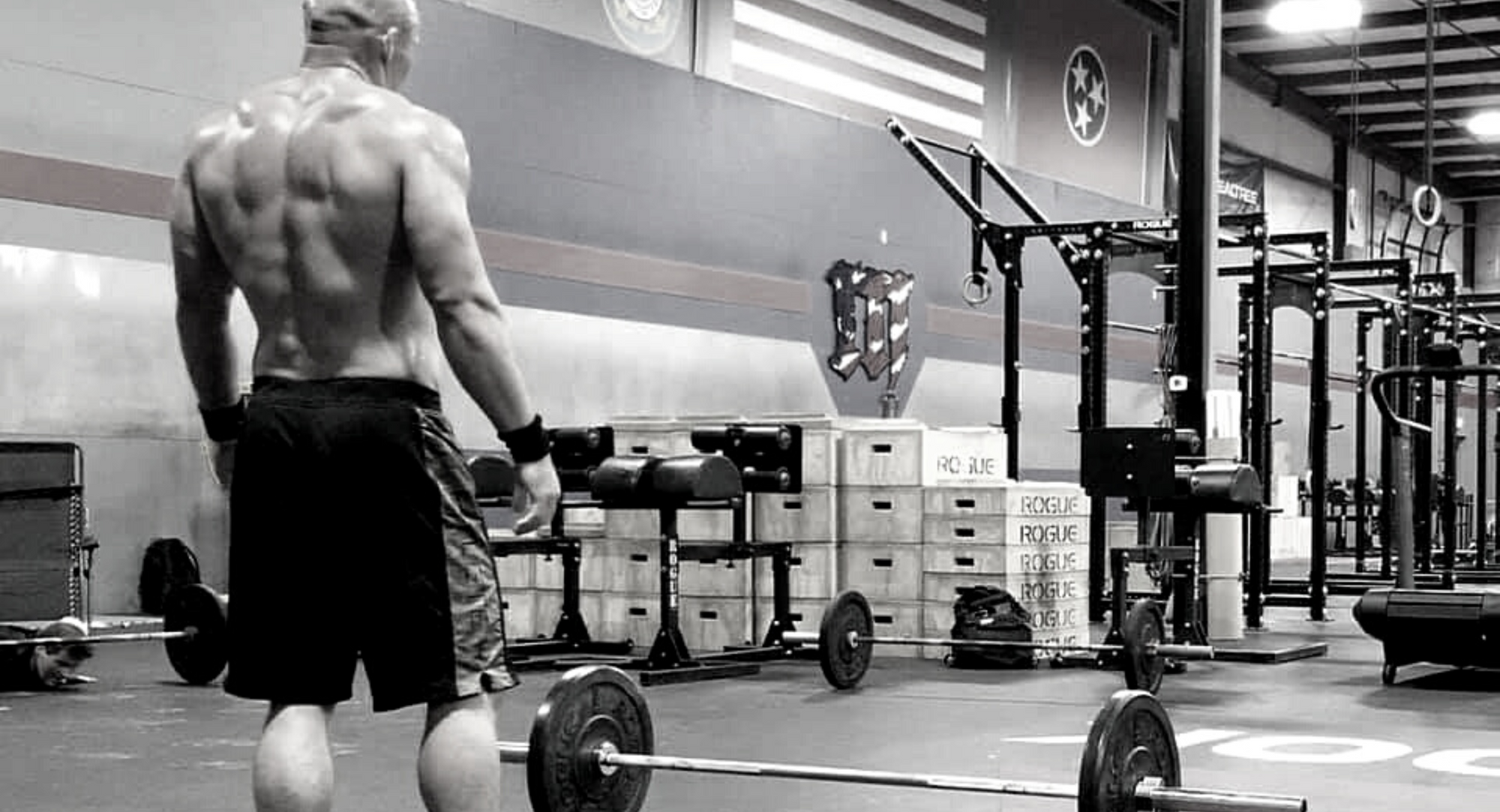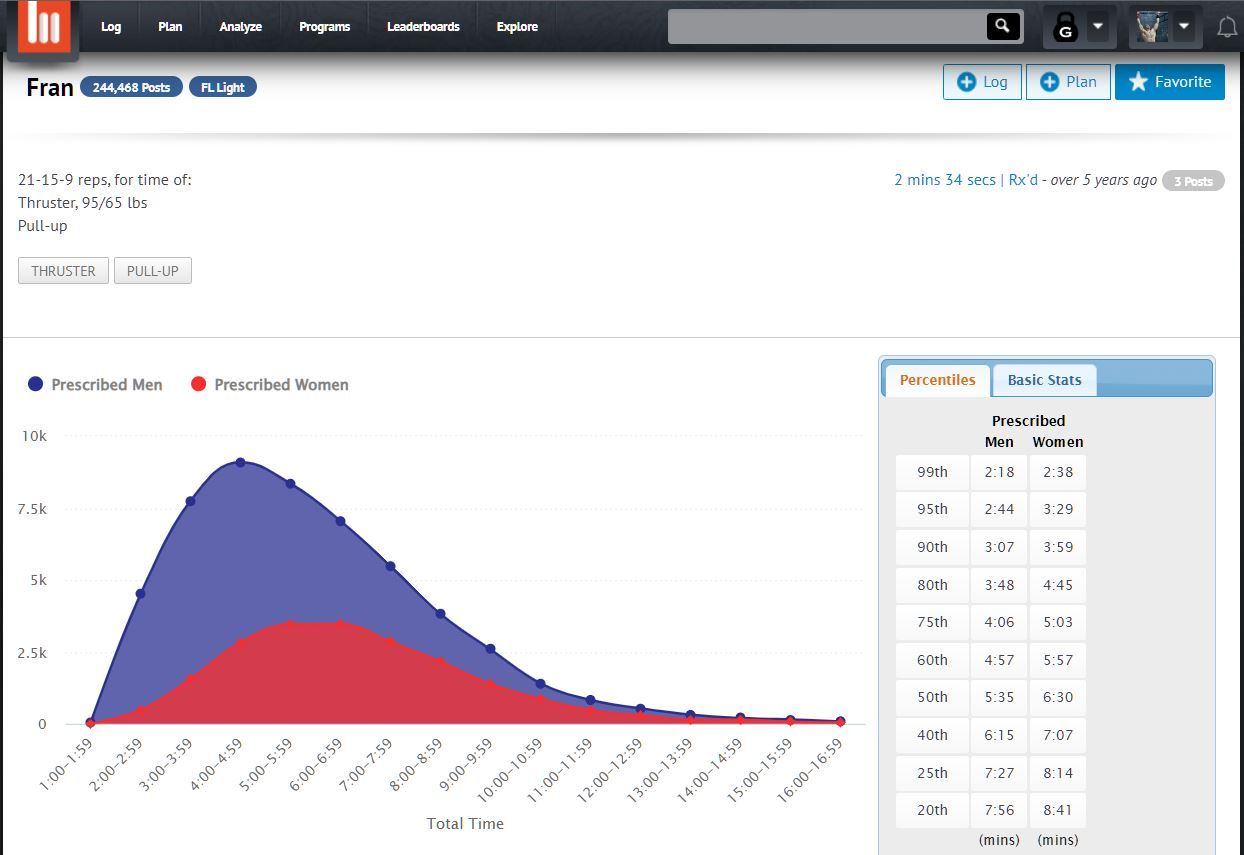Crafting World-Class Endurance for Wrestlers

Throughout my eight-year competitive CrossFit career, I developed an "engine" that outperformed my capabilities as a high school wrestler, college football player, U.S. Army soldier, and mixed martial artist. This engine, honed with CrossFit methodologies, led me to win a national CrossFit competition at 37 and allowed me to actively spar with the college wrestling team I coached. In this article, I'll share the system I used to develop this engine to help you enhance your wrestling endurance, turning it into a reliable ally during the most grueling wrestling matches.
Wrestling: The Ultimate Hybrid Sport
Wrestling calls for a unique blend of athletic capabilities: strength, speed, muscular endurance, cardio-respiratory endurance, flexibility, coordination, agility, balance, and accuracy. The ability to summon strength and speed throughout the match distinguishes champions.
Balancing Aerobic and Anaerobic Conditioning
A critical aspect of wrestling conditioning is the balance between aerobic and anaerobic training. Aerobic conditioning enhances endurance by improving the body's ability to sustain effort over extended periods, often facilitated through activities like running, biking, or swimming. However, aerobic workouts can also encompass 20-minute circuits of various exercises.
Conversely, anaerobic conditioning focuses on high-intensity strength or speed bursts interspersed with brief rest periods—akin to a wrestling match's demands. Heavy weightlifting and speed sprints are purely anaerobic, but you can incorporate an anaerobic element into your aerobic circuits by adding a heavy lift or keeping the time domain short and intense.
Understanding how to blend these modalities within one conditioning routine will better prepare wrestlers for the unpredictable demands of a match. Training programs that separate modalities into different sessions fall short in preparing wrestlers for competition.
Metabolic Impact: Why Do High Intensity MetCons?
Metabolic conditioning workouts are designed to maximize the efficiency of your body's energy systems. The human body primarily uses three energy systems: the phosphagen system for quick, high-intensity bursts of activity lasting a few seconds, the glycolytic system for moderate-intensity activity lasting up to several minutes, and the oxidative (aerobic) system for low-intensity, long-duration activities.
Through high-intensity interval training, and sustained effort workouts, MetCons force the body to use both the anaerobic (phosphagen and glycolytic) and aerobic (oxidative) systems. Over time, this leads to several beneficial adaptations:
-
Improved Energy Efficiency: Your body learns to use these energy systems more efficiently, leading to enhanced performance, particularly in sports like wrestling, which require both explosive movements and sustained effort.
-
Enhanced Glycogen Storage: High-intensity workouts stimulate your muscles to store more glycogen, the stored form of glucose, giving you more fuel for sustained exercise.
-
Increased Fat Burning: MetCons also promote excess post-exercise oxygen consumption (EPOC), also known as the "afterburn" effect, where your body continues to burn calories at an elevated rate even after the workout has ended. This happens as your body works to restore itself to its resting state and adapt to the workout's physical demands.
Endocrine Impact
The endocrine system, comprising various glands that produce and secrete hormones into the bloodstream, plays a critical role in the body's physiological functions. Hormones regulate metabolism, growth and development, tissue function, and mood, among other things. Here's how MetCons impact the endocrine system:
-
Human Growth Hormone (HGH) Production: High-intensity workouts like MetCons trigger an increase in the production of HGH, which promotes muscle growth, boosts fat loss, and aids in recovery. HGH is released in response to large muscle group exercises performed at high intensity with minimal rest periods—exactly what MetCons involve.
-
Insulin Sensitivity: MetCons can improve insulin sensitivity in your muscles, making them more efficient at using glucose and thus improving your energy production and recovery. Better insulin sensitivity also means less insulin is needed to handle blood sugar, which can help prevent fat storage and promote fat loss.
-
Testosterone Production: Short, intense workouts can stimulate testosterone production, which aids in muscle growth, increases strength, and enhances performance.
-
Cortisol Management: While intense exercise can cause a temporary increase in cortisol (a stress hormone), regular high-intensity training helps to improve the body's response to stress over time, which can lead to more balanced cortisol levels. Chronically high cortisol can lead to muscle loss and fat gain, so this is a crucial benefit for athletes.
-
Endorphin Production: High-intensity exercise triggers the production of endorphins, the body's natural painkillers. These hormones create a sense of euphoria often referred to as a "runner's high" and can help athletes push through challenging workouts and recover more quickly afterward.
The combination of metabolic and hormonal adaptations from regular MetCon workouts results in improved performance, more efficient energy use, better body composition (more muscle, less fat), and enhanced recovery. For wrestlers, who require a mix of strength, speed, endurance, and agility, these benefits can lead to significant improvements on the mat.
MetCon Structures and Examples
MetCons can follow several structures:
- AMRAP (As Many Rounds/Reps As Possible): Complete as many rounds or reps of a series of exercises within a set time.
- EMOM (Every Minute on the Minute): Perform a certain number of reps of an exercise every minute for a specified duration.
- For Time: Aim to complete a set workout as quickly as possible.
For example, an anaerobic-dominant metcon could be a
21-15-9 For Time
315lbs deadlifts
30” box jumps
while an aerobic-leaning metcon could comprise
5 rounds For Time
400m run
25 GHD sit-ups
5 deadlifts at 405lbs
Here is a template you can use to help program your daily strength and conditioning:
Choose a movement or two for your Strength Session:
Front squat, back squat, Overhead squat, bench, shoulder press, pull-ups, rows, deadlift, clean, snatch
Choose a templete:
5-5-5-5-5, 3-3-3-3-3, 5-3-1, 5-3-1-20
For your MetCon:
Pick a time domain :
<10:00, +-15:00, >20:00
Pick number of movements:
couplet, triplet, chipper
Pick movements:__________________
(any strength + bike, ski, rower, runner, bodyweight movements)
Pick Rep Scheme:_________________
(21-15-9, AMRAP, EMOM, etc.)
Day to day, I always alternate between short sprint like metcons, long slow steady metcons, and metcons that are a blend of both with a mid range time domain like 15:00. I also alternate between light weight, medium weight and heavy weight metcons.For example deadlifts can be at 405lbs for 5 reps per round on a heavy day or they can be at 115lbs for 15 per round on a light day.
Here is what a workout would like using the template:
Strength:
5-3-1 Deadlift
Metcon:
15:00 AMRAP
15 Deadlift 225lbs
20 Burpee Over the Bar
500m Fan Bike
Non-Interfering Movements: Maximizing Metabolic Conditioning
Our conditioning sessions often pair non-interfering movements, allowing one muscle group to recover while another is worked. This method enhances metabolic conditioning and enables athletes to extract maximum benefits from their workouts.
Couplets and triplets, workouts that involve two or three different movements, embody this strategy. This variety also keeps athletes engaged, and motivated.
Interfering movements target the same muscle groups and can negatively impact performance when performed consecutively due to insufficient recovery time. Conversely, non-interfering movements engage different muscle groups, allowing muscles to recover while others are active.
By maintaining high intensity throughout the workout, we can calculate and track power output over time, providing a clear, measurable metric of a wrestler's endurance. Non-interfering movements, coupled with the concept of power output, empower us to design conditioning workouts that measurably improve a wrestler's endurance. This calculated approach ensures continuous improvement, ultimately creating highly conditioned, world-class wrestlers.

The Integration of Non-Interfering Movements into Our Programming
We often pair non-interfering movements in a workout to ensure high intensity, prevent overuse injuries, and ensure comprehensive, full-body training. For example, a triplet metcon might involve kettlebell swings (a hinge movement for the posterior chain), push-ups (a push movement for chest and triceps), and double-unders (a primarily cardiovascular exercise). These exercises target different muscle groups, maintaining high intensity throughout the workout.
Choosing and pairing exercises to avoid interference is critical to maximizing the benefits of each workout and developing a well-rounded, high-performing wrestler.
However, there are strategic instances when incorporating interfering movements into a metcon can be advantageous. This approach can target specific fitness goals or simulate certain sports' demands. For instance, the popular CrossFit metcon "Fight Gone Bad" is designed with interfering movements.
"Fight Gone Bad"
Three rounds of:
Wall-ball, 20 pound ball, 10 ft target (Reps)
Sumo deadlift high-pull, 75 pounds (Reps)
Box Jump, 20" box (Reps)
Push-press, 75 pounds (Reps)
Row (Calories)
In this workout you move from each of five stations after a minute.The clock does not reset or stop between exercises. This is a five-minute round from which a one-minute break is allowed before repeating.
This challenging workout, which emulates a UFC fight's time domain, is notorious for pushing athletes to their limits. Incorporating interfering movements into workouts can improve muscular endurance, mental toughness, and recovery time— all essential aspects for high-performing wrestlers.
The Hierarchy of Movements in Conditioning
The final piece of the puzzle is the hierarchy of movements that should make up the bulk of your training. Your regimen should focus on high-intensity functional movements: multi-joint movements that require skill, generate a lot of power, and have a high metabolic demand per rep. Isolation movements like bicep curls should almost never be included in your metcons.
Instead, focus on the following:
Olympic Lifts: Clean, Jerk, Snatch
Power Lifts: Bench, Squat, Deadlift, and Shoulder Press (though not an official competitive powerlift)
Bodyweight Movements: Run, Jump Rope, Box Jumps, Burpees, Pull-Ups, Muscle-Ups, Sit-Ups, Toe-to-Bar
Cardio Machines: Fan Bike, Assault Runner, Ski Erg, Concept 2 Rower
By carefully crafting a blend of aerobic and anaerobic exercises, strategically designed metcons, and thoughtful pairing of non-interfering movements, we create a comprehensive approach to conditioning that builds champions. With this training, you can step onto the wrestling mat with confidence, ready to outlast any opponent.
FAQ's
- Q: What kind of conditioning exercises are best for wrestlers to build endurance?
A: A mix of aerobic (long, slow, steady) and anaerobic (heavy lifts and sprints) is ideal for building endurance. Metabolic Conditioning (MetCon) workouts, which combine high-intensity cardio, weightlifting, and bodyweight exercises, are particularly effective.
- Q: How does strength training help in developing endurance for wrestlers?
A: Strength training plays a pivotal role in developing endurance for wrestlers by enhancing maximal power output. Essentially, an athlete's average power output during a workout or wrestling match cannot exceed their one repetition maximum weight. Take, for instance, a wrestler weighing 205 lbs. If their max bench press is 185lbs, they may find it challenging to complete a high volume of push-ups in a short period of time due to their power output being close to their maximum strength capacity. However, if they increase their max bench press to 400lbs through strength training, performing bodyweight push-ups will be significantly easier. By improving their maximum strength, they increase their capacity for maintaining high-intensity, high-repetition movements, thereby enhancing their endurance.
- Q: How often should wrestlers train for endurance?
A: Endurance training should be incorporated into a wrestler's routine 5 times per week. This frequency allows for ample recovery time between sessions while still providing enough stimulus for progress.
- Q: What role does nutrition play in enhancing endurance for wrestlers?
A: Proper nutrition provides the energy necessary for high-intensity workouts and aids in recovery. Eating a balanced diet rich in complex carbohydrates, lean proteins, and healthy fats ensures the body has the fuel it needs to train effectively and recover efficiently.
- Q: How important is recovery in building endurance?
A: Recovery is vital. It's during these periods that the body adapts to the stress of exercise, rebuilding muscles and improving cardiovascular capacity. Neglecting recovery can lead to overtraining, impede progress, and increase the risk of injury. I would recommend a training week of 3 days of training followed by one day of rest, and then 2 days of training followed by one day of rest.
- Q: How does improving my VO2 max contribute to better wrestling endurance?
A: VO2 max is a measure of the maximum amount of oxygen your body can use during intense exercise. A higher VO2 max allows wrestlers to maintain high-intensity efforts for longer periods, leading to better endurance during matches.
- Q: Are there specific drills that can improve wrestling endurance?
A: Yes, drills that mimic the intensity and duration of wrestling matches are particularly effective. These drills can be very sport specific, like the "spin drill" and throwing a wrestling dummy. However drills like Olypmic lifting are just as important and effective. High-intensity interval training (HIIT), combining bouts of intense effort with short rest periods, can simulate the demand of a wrestling match and help build sport-specific endurance.

